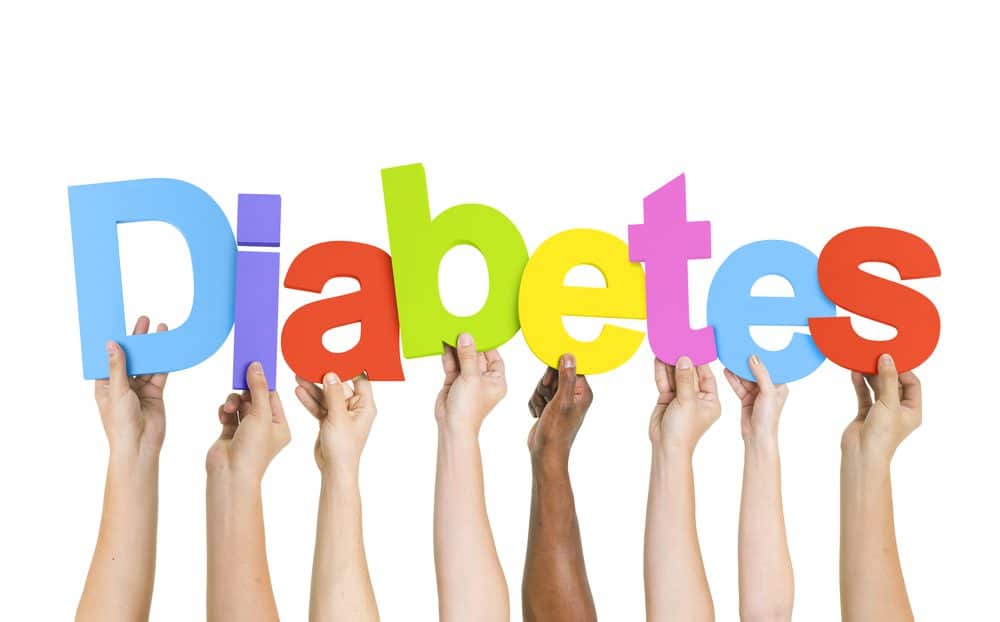Diabetes affects millions of people around the world, requiring lifelong management, often including medication. These medications can be expensive and present challenges for anyone.
In this article, we will explore how co-pay cards can lower your medication costs to under $10 per month, in addition to other diabetes medication saving tips.
Diabetes Co-pay Card Costs
Diabetes or Insulin Co-pay card programs are designed to help patients with out-of-pocket costs for their medications. These programs are offered by pharmaceutical companies, non-profit organizations, and other sources.
These programs offer eligible patients access to affordable insulin and diabetes medications, as well as personalized support and resources.
The average monthly cost of diabetes medications really depends on the medication, but in general, many people are paying around an average of $35-$50 per month.
Diabetes co-pay cards can lower costs to under $10 per month for some patients, depending on the plan and qualifications, and this includes people who currently have medical insurance.
While actual saving will vary per co-pay card plan and provider, they offer an excellent way to lower your medication costs.
Insurance Coverage for Diabetes
Many insurance plans cover diabetes medications, but the amount of coverage will vary depending on the plan. You should check their insurance coverage to see if their medications are covered and what the out-of-pocket costs will be.
Patients can also contact their insurance provider to find out if there are any restrictions on the medications they can use or if they require prior authorization.
Patients who are over 65 may also be able to get coverage from Medicare.
Diabetes Payment Assistance Programs
Payment assistance programs are mainly offered by non-profit organizations, pharmaceutical companies, and other healthcare related sources. These programs are provided in different forms, including grants, scholarships, and other types of financial aid.
An example of a payment assistance program is the Patient Access Network (PAN) Foundation. This program provides financial assistance to patients with chronic or life-threatening illnesses, including diabetes. PAN offers grants that help to cover the cost of medications, copayments, and insurance premiums.
Another payment assistance program is the Partnership for Prescription Assistance (PPA). This program helps uninsured and underinsured patients get access to the medications they need. PPA offers a database of patient assistance programs and helps patients navigate the application process.
Managing diabetes over a persons lifetime can be a costly undertaking, but as noted in this article, there are several options available to help patients with the cost of their medications.








